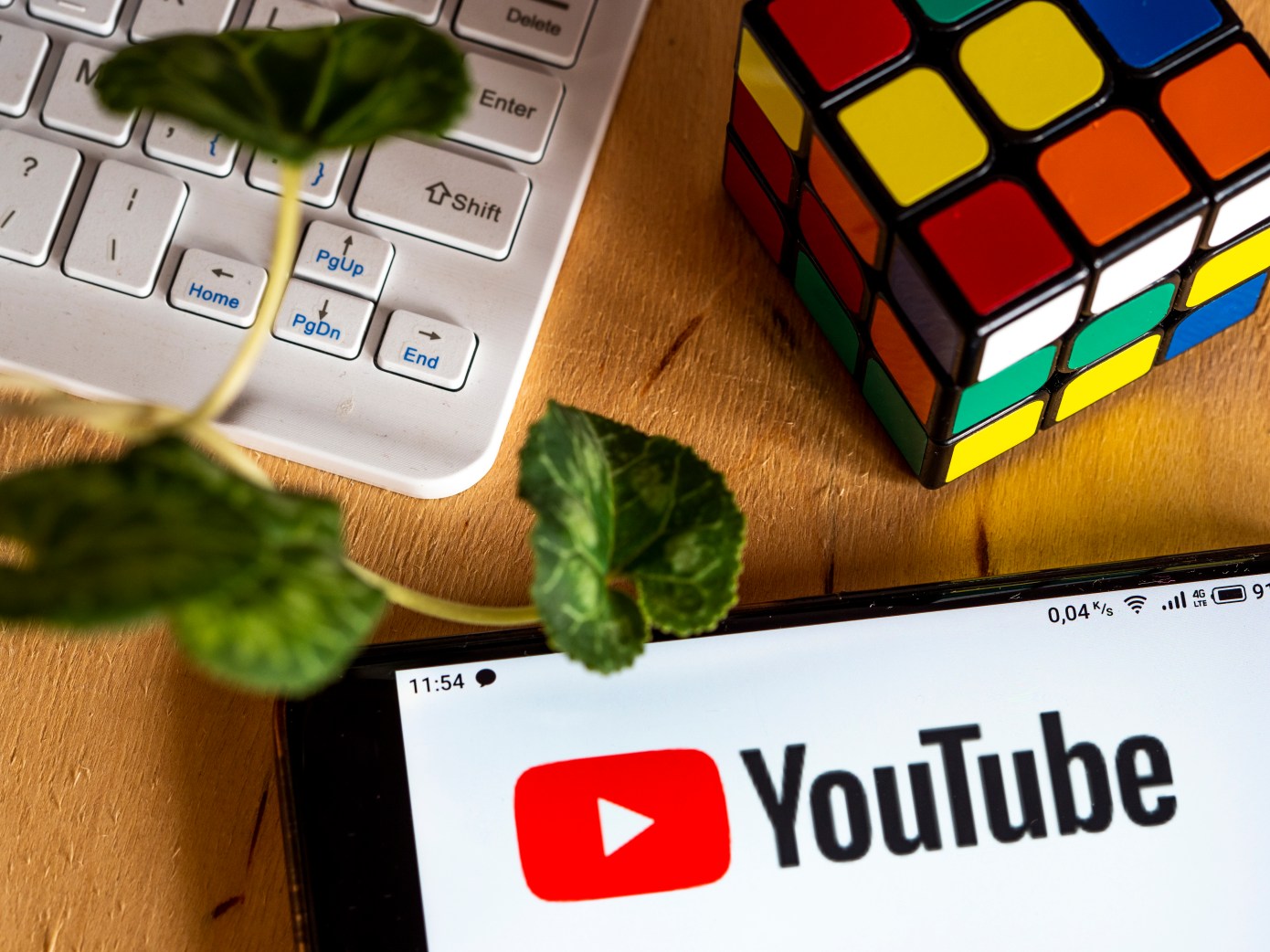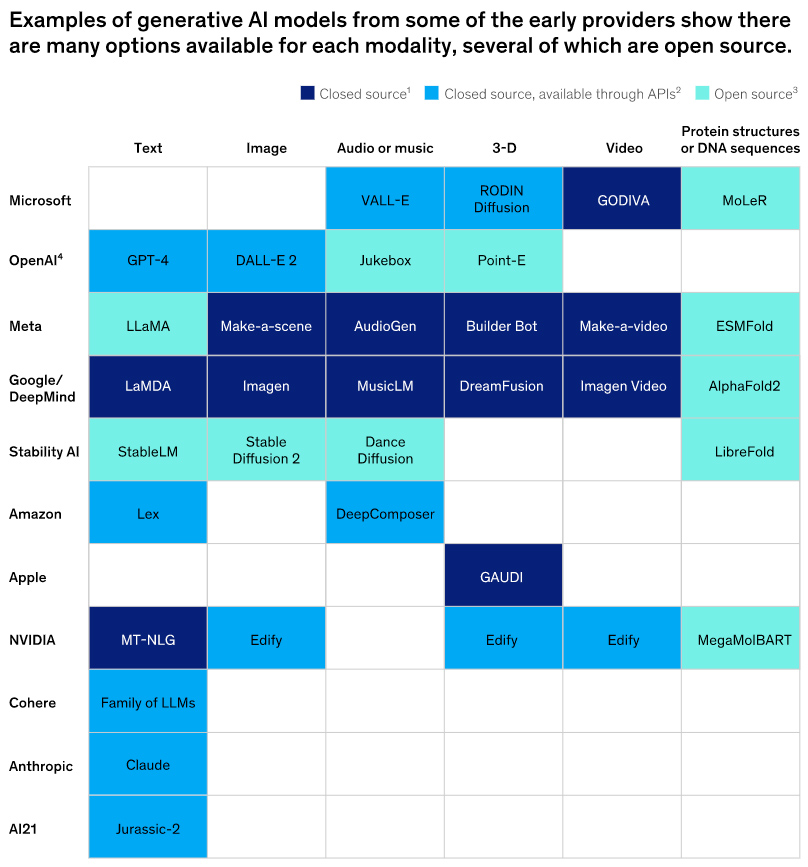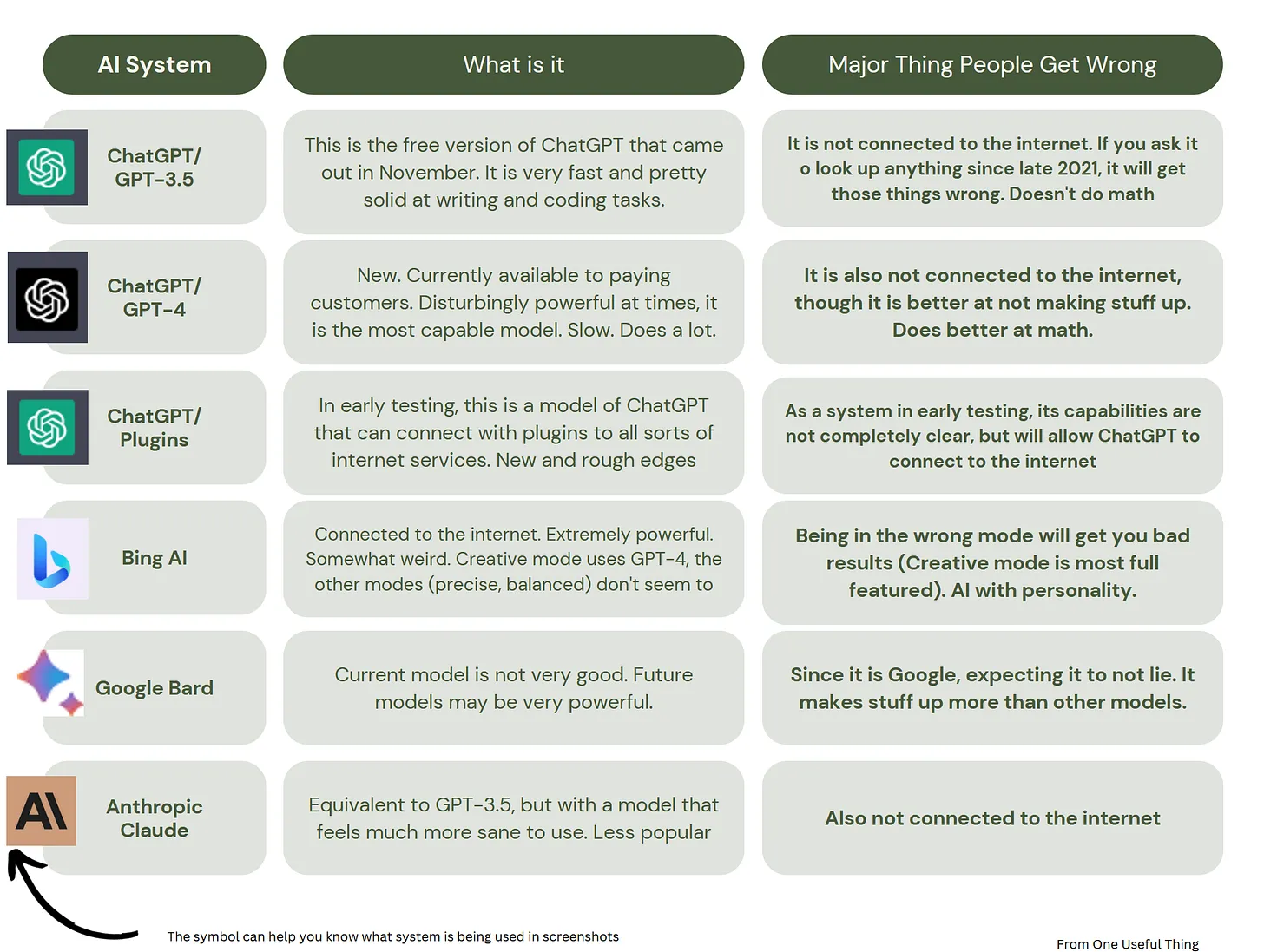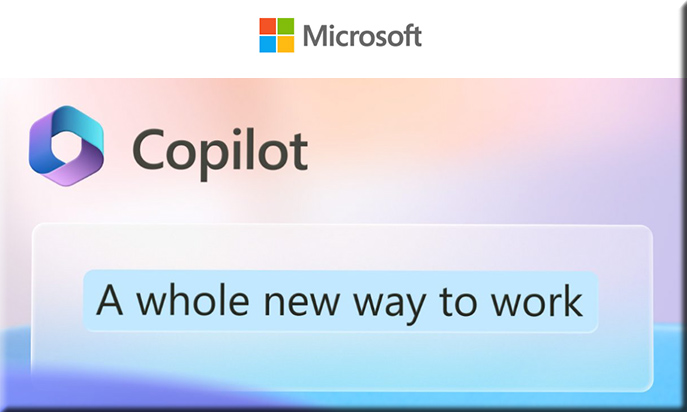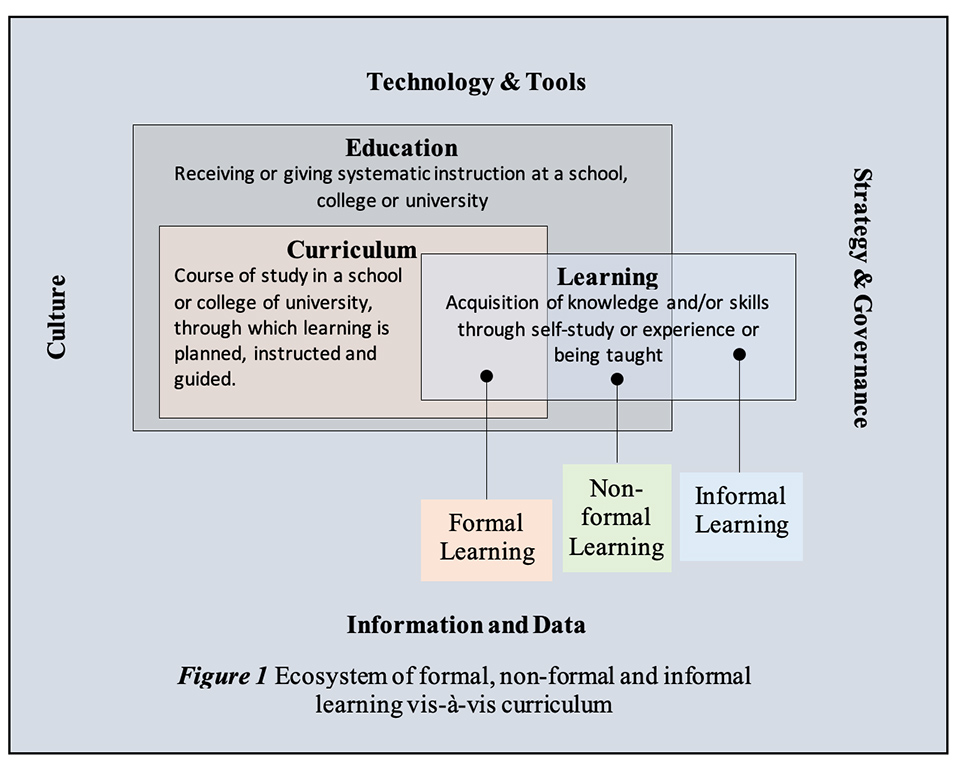10 Ways Artificial Intelligence Is Transforming Instructional Design — from er.educause.edu by Robert Gibson
Artificial intelligence (AI) is providing instructors and course designers with an incredible array of new tools and techniques to improve the course design and development process. However, the intersection of AI and content creation is not new.
What does this mean for the field of instructional and course design? I have been telling my graduate instructional design students that AI technology is not likely to replace them any time soon because learning and instruction are still highly personalized and humanistic experiences. However, as these students embark on their careers, they will need to understand how to appropriately identify, select, and utilize AI when developing course content.
Here are a few interesting examples of how AI is shaping and influencing instructional design. Some of the tools and resources can be used to satisfy a variety of course design activities, while others are very specific.
GenAI Chatbot Prompt Library for Educators — from aiforeducation.io
We have a variety of prompts to help you lesson plan and do adminstrative tasks with GenAI chatbots like ChatGPT, Claude, Bard, and Perplexity.
Also relevant/see:
AI for Education — from linkedin.com
Helping teachers and schools unlock their full potential through AI
Check out https://t.co/sfWeOiOzP5, “Helping teachers bring AI to the classroom critically, ethically, & responsibly.”
You can submit assignments to their curated collection. From the amazing @SarahWNewman at @metalabharvard. (She also did the Data Nutrition Project).— Anna Mills, amills@mastodon.oeru.org, she/her (@EnglishOER) August 18, 2023
Google Chrome will summarize entire articles for you with built-in generative AI — from theverge.com by Jay Peters
Google’s AI-powered article summaries are rolling out for iOS and Android first, before coming to Chrome on the desktop.
Google’s AI-powered Search Generative Experience (SGE) is getting a major new feature: it will be able to summarize articles you’re reading on the web, according to a Google blog post. SGE can already summarize search results for you so that you don’t have to scroll forever to find what you’re looking for, and this new feature is designed to take that further by helping you out after you’ve actually clicked a link.
A Definitive Guide to Using Midjourney — from every.to by Lucas Crespo
Everything you need to know about generating AI Images
In this article, I’ll walk you through the most powerful and useful techniques I’ve come across. We’ll cover:
- Getting started in Midjourney
- Understanding Midjourney’s quirks with interpreting prompts
- Customizing Midjourney’s image outputs after the fact
- Experimenting with a range of styles and content
- Uploading and combining images to make new ones via image injections
- Brainstorming art options with parameters like “chaos” and “weird”
- Finalizing your Midjourney output’s aspect ratio
And much more.
Report: Potential NYT lawsuit could force OpenAI to wipe ChatGPT and start over — from arstechnica.com by Ashley Belanger; via Misha da Vinci
OpenAI could be fined up to $150,000 for each piece of infringing content.
Weeks after The New York Times updated its terms of service (TOS) to prohibit AI companies from scraping its articles and images to train AI models, it appears that the Times may be preparing to sue OpenAI. The result, experts speculate, could be devastating to OpenAI, including the destruction of ChatGPT’s dataset and fines up to $150,000 per infringing piece of content.
NPR spoke to two people “with direct knowledge” who confirmed that the Times’ lawyers were mulling whether a lawsuit might be necessary “to protect the intellectual property rights” of the Times’ reporting.
Midjourney Is Easily Tricked Into Making AI Misinformation, Study Finds — from bloomberg.com (paywall)
AI-generated art cannot be copyrighted, rules a US Federal Judge — from msn.com by Wes Davis; via Tom Barrett
Do you want to Prepare your Students for the AI World? Support your Speech and Debate Team Now — from stefanbauschard.substack.com by Stefan Bauschard
Adding funding to the debate budget is a simple and immediate step administrators can take as part of developing a school’s “AI Strategy.”










